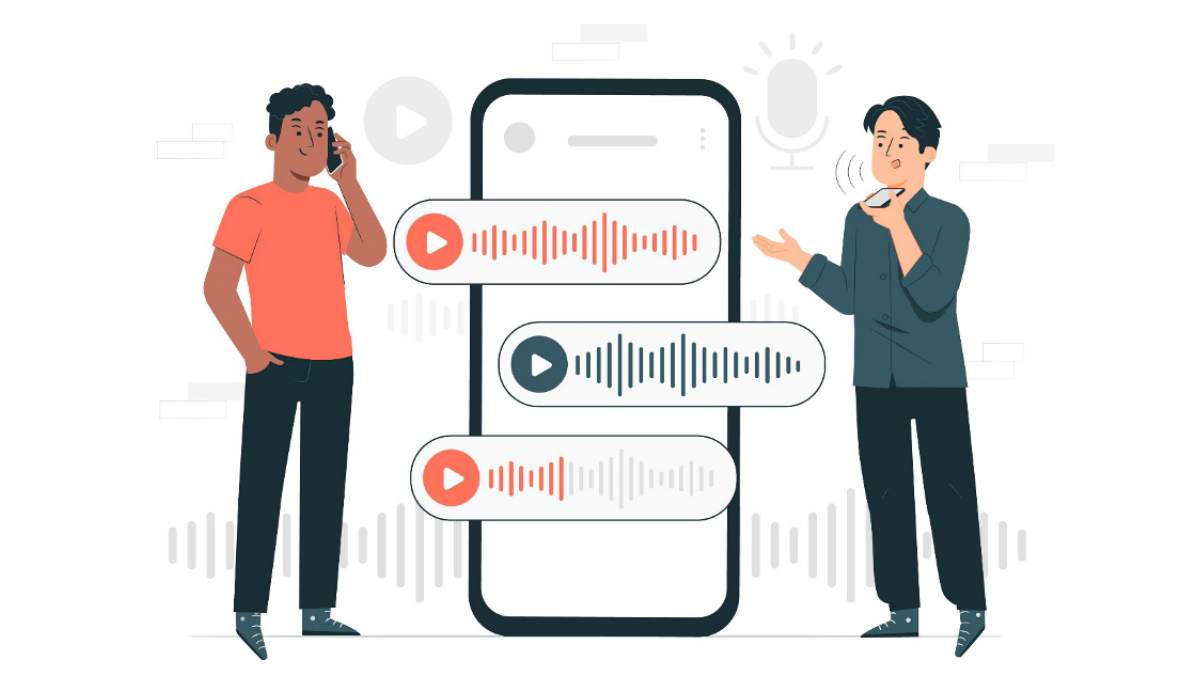
We can trace the advancement in technology adoption from punch-card computers to the latest touch screen devices. However, there is a lot left to explore. But, what is it?
The answer is Automatic Speech Recognition (ASR). It is a huge step to transform the spoken word into written form. Automatic Speech Recognition (ASR) is a trend that is set to make noise in 2022. And the rise in the growth of voice assistants is due to in-built voice assistant smartphones and smart voice devices like Alexa.
As per PwC, 29% of customers leverage voice assistants to ask quick questions.”
Considering the benefits Automatic Speech Recognition (ASR)(ASR) brings, there is the wellspring of an opportunity here and now for business savvy people and digital innovation leaders to put ASR to good use.
Before we dig down to the use cases, let’s first understand the basics.
Table of Contents
What is Automatic Speech Recognition (ASR)?
According to Microsoft, around 35%of respondents use a smart home speaker to engage with speech recognition assistants.
In simple words, Automatic Speech Recognition primarily focuses on translating verbal speech into text and seek to identify individual users’ voice. For example, if human spells, “ Hey Google, what is the weather like today?” your smartphone will convert the speech into text and reply after pulling data from the internet.
And the more advanced version of ASR communicates with customers in a genuinely human-like way by using AI and Machine Learning.
These advanced ASR systems can also integrate grammar, syntax structure, and composition of audio and voice signals to interpret and process verbal speech into text.
Moreover, they evolve with each passing interaction and enable organizations to adapt and customize their technology as per business requirements.
How Does Automatic Speech Recognition (ASR) work?
The basic Automatic Speech Recognition (ASR) system receives the audio input from a person speaking. Then, it processes the information by breaking down various components of speech and transcribes the speech into text.
Instead of coding rules for translating speech onto text, enterprises can build their neural network by feeding audio datasets into algorithms that easily mimic human brain architecture. Automatic Speech Recognition (ASR) comprises of three steps process-
● Lexicon
This step involves decoding both spoken language and written vocabulary fundamental elements. It ensures the accuracy of speech recognition datasets that have extensive vocabularies.
● Acoustic Model
Once speech decodes, the acoustic model separates audio signals into smaller frames and aims to predict which sound is spoken in each frame using different phonemes. The acoustic model used Machine Learning datasets to train various audio recordings and relevant transcripts to determine phonemes used in a particular audio frame.
● Language Model
The last step in the ASR process includes using data collection and Natural Language processing to understand the human context and make close to accurate predictions about the words and sentences from the audio input.
Automatic Speech Recognition (ASR) Examples
Call Centers
With an influx of callers, organizations must have the support to resolve queries in real. Using Automatic Speech Recognition (ASR), call centers document customer calls and provide them quick resolution. IVR bots limit manual intervention by resolving routine queries and enabling agents to handle complex tasks. If the bot cannot resolve questions, the call can be diverted to live human agents with transcribed customer’s phone screen.
Voice Assistants
As per the Juniper report, digital voice assistants usage will be 8 million by 2023, driven by smart home devices. Using Conversational AI capabilities, voice assistants help process tasks like opening the mobile app, navigating maps, sending text messages, and searching on the browser seamlessly without a glitch.
Language Learning
Using language learning through Automatic Speech Recognition (ASR) breaks down the language barrier and makes travel and cross-border communication accessible. Automatic Speech Recognition (ASR) datasets also help students engage in self-guided language study. ASR system listens to the voice input analyzes it to perform a match/mismatch. Once identified, it corrects the pronunciation and informs the students.
Transcriptions
Transcriptions is one of the widespread use cases of Automatic Speech Recognition (ASR). From transcribing lectures to zoom calls and webinars, the ASR system provides a level of convenience and accessibility to audio and video accessibility. In addition, the ASR system also offers the transcription of live podcasts and webinars, which allows the broader audience to access media efficiently.
Join the Force with Automatic Speech Recognition (ASR)
Despite the advancement Automatic Speech Recognition (ASR) brings, there is a long road to digital transformation. In the digital era, organizations strongly feel customer experience holds the utmost experience to generate higher ROI. And Automatic Speech Recognition (ASR) is the quick fix to create a personalized experience and allow real-time interaction. Simply putting computers to listen, Automatic Speech Recognition (ASR) limits the manual intervention and enhances employees and customer engagement. The time is now to unlock the power of Automatic Speech Recognition (ASR), soo what you are waiting for.
